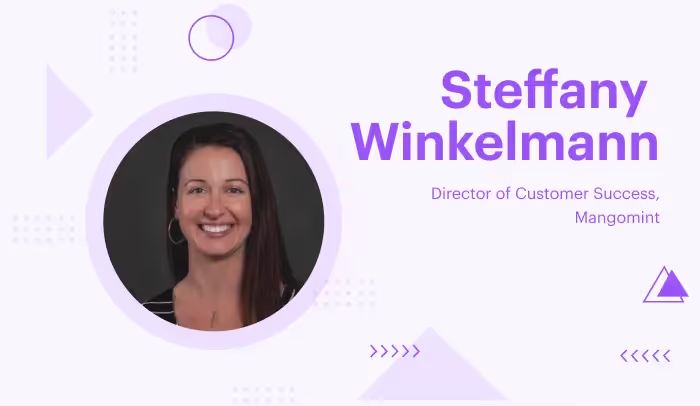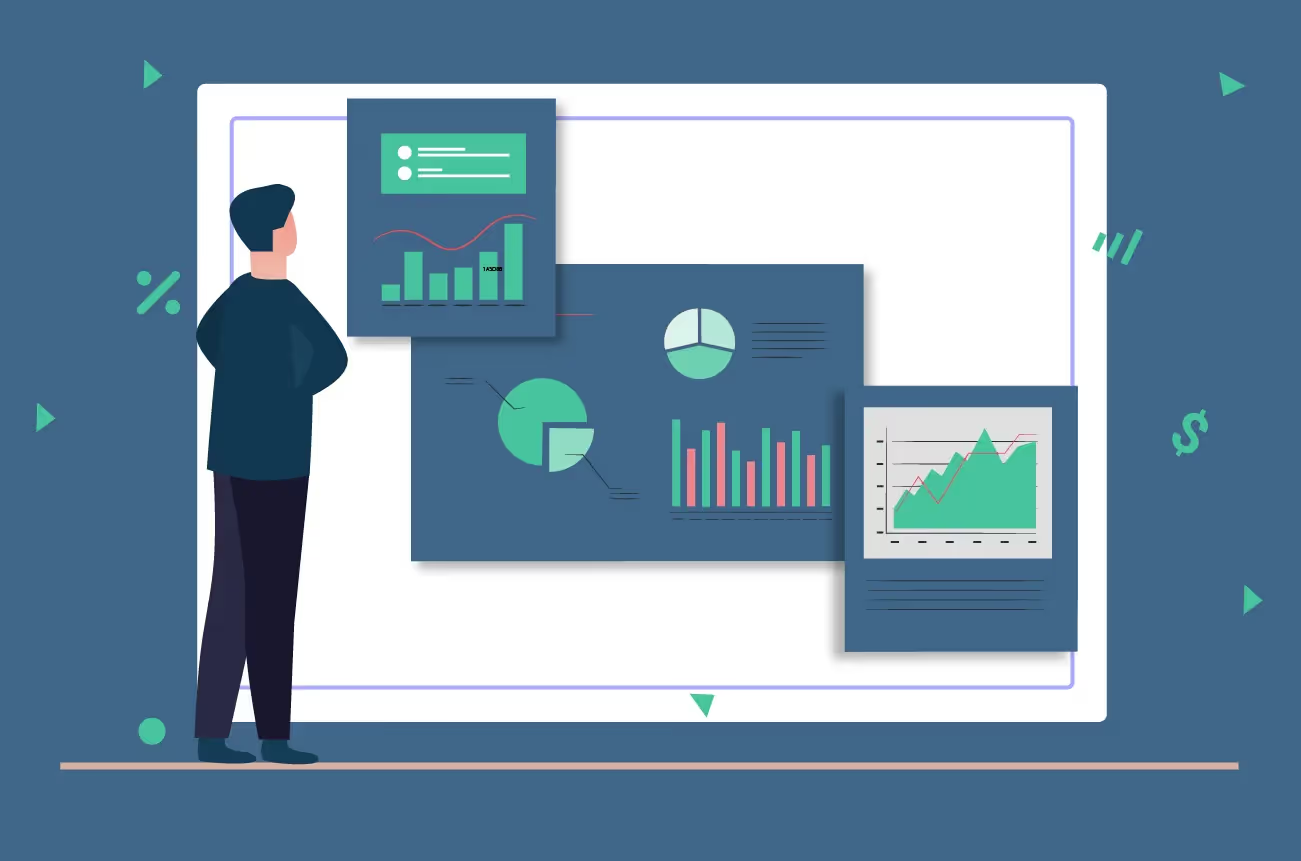Customer churn and expansion are two key KPIs that businesses can’t ignore. While by definition these metrics may look like straightforward ones, the reality is much different. Every new leader would come up with their own interpretation, and businesses would be forced to adapt to new methods such as considering the trail users for the churn, breaking down your churn into segments, cohorts, etc.
When it comes to expansion, defining the holding period is not a walk in the park. Assigning ownership for expansion can get difficult if the holding period is not properly jotted down.
All these complexities only end up wasting your time, and you miss the opportunity to drive your business forward and increase the revenue rate using these two metrics. Let’s not even get started with finance and accounting.
And what’s the solution for all these? It is to create a framework for churn and expansion.

"All the new business deals in the world won't help you if those same customers churn. There's a reason we track the Lifetime Value (LTV) of our clients. You need a framework in place that will help you expand your relationships with current clients just as much if not more than you need a well-running Lead Gen function"
RevOps Framework for Churn and Expansion

1. Choose the Right Strategy
First things first, you’d need the right strategy in place for your framework. In this case, it is to take a customer-first approach. As RevOps, it’s important to understand your business from your customers' point of view. Businesses mainly lose revenue due to churn or not having the opportunity to create expansion revenue. And the main reason is the mismatch between the GTM strategy and the customer journey, or due to the internal processes not meeting the needs of the customers. This is why it’s crucial to build a detailed customer journey map, which would give you a clear picture of where you fall short. Further, it helps you resolve the problem of churn, and identify the areas for expansion.

"The most critical part of developing a framework for any GTM team is to tightly align your internal business processes against the customer journey. When you create your business processes in a silo without the customer context, you risk a disjointed/inefficient/ineffective buyer experience leading to churn - which means less revenue."
2. Define Holding Period
Defining the holding period will help you settle the churn and expansion related disputes between AEs & CSMs. Below are the factors to consider for it.
Floor or Average Go-Live Duration: The time taken to sign a contract and go live plays an important role in defining the holding period. Ideally, the average go-live duration should be your floor. In some cases, this metric is calculated at a regional or team level if there are stark differences between go-live durations.

"In holding with the customer-first approach, helping to set and meet your customer expectations should come first. For example, go-live duration should not just be designated as a timeframe, but rather an average time it takes a customer to achieve a set of criteria for outlining successful product usage. Same with Land and Expand expectations; regardless of who owns the account, the customer should always know who their main point of contact is within the company and handoffs internally should be intentional and clearly communicated. Always align customer expectations with internal processes."
Buffer Period for Land and Expand: There will be instances where the AE closes a large account with the intent to upsell after the go-live. You can have a paid Proof-of-Concept or written guarantee to ensure that this happens. Here’s where you’d need a buffer period adding to the average go-live so that the AE who does the selling gets the commission.
3. Determine Who Gets Revenue Attribution
During Holding Period:
In general, Account Executives chase and close the deal. Once it’s done, Account Managers or Customer Success Executives take over the account, and they’d be responsible for renewals, expansions, and churn.
Any revenue or churn that takes place within the holding period should ideally go to the Account Executives. The account is still with them, and they’d be completely responsible for it.
Post Holding Period:
For any expansion after the holding period, the revenue will go to AM or CSM. You can decide who should be held accountable depending on the level of your company.
It’s slightly different in the case of a churn. If an account churns as soon as it’s transitioned to AM or CSM, penalizing them isn’t the right thing to do. They should be given a grace period of 30-60 days after onboarding, and they wouldn’t be held responsible for a churn.
4. Outline Churn Exclusions & Exceptions
Inevitably, there will be scenarios where you have to exclude churn. These are reasons that are out of your hands, and no one could be held responsible. For instance, the customer is no longer in the business.
Another type of churn that comes under this category is involuntary churn. This is when a customer subscription gets canceled due to payment failures. Here’s why it can happen:
- The card is expired
- Hard declines when a card goes missing
- Soft declines when credit card limits exceed
- The billing information is outdated
- Payment is not marked as recurring
Involuntary churn can happen to any of your customers irrespective of their size, and your revenue takes a hit. Also, this type of churn can take a longer time to happen. For eg: Credit cards expire after a few years, and if they aren't updated, churn occurs.
5. Set Targets for Churn and Expansion
Analyze churn on a granular level as per the portfolio. Have a thorough look through the accounts, regions, etc., and set churn targets depending on them.
For example, if the industry standard for churn is around 12%, but a particular region has a churn of 20%, you cannot consider the standard churn rate to set a goal in this case.
When it comes to expansion, classify your customers depending on how much revenue they generate, and the revenue they bring to your organization. Also, segment them based on their periodic growth potential (monthly, quarterly, or annually). This will help you prioritize which accounts you’d go after for expansion, and set your targets accordingly.

"Ensure Marketing, Sales, and CS are in complete alignment from process ownership to ideal customer profiles. Understand what drives your customer base and what they define as success, not what you define as success. Without either of these, your churn targets are reactive and expansion isn’t a natural phenomenon. When you’re in symbiosis with all parties, you can then start focusing on bigger and better things."
Final Thoughts
Getting a new customer is far more expensive than retaining an already existing customer and expanding. By setting up a framework, you’d have improved your chances of reducing customer churn, while expanding the new revenue opportunities for your business. Use the above as a base and adapt it in a way that would be suitable for your company.






.avif)





